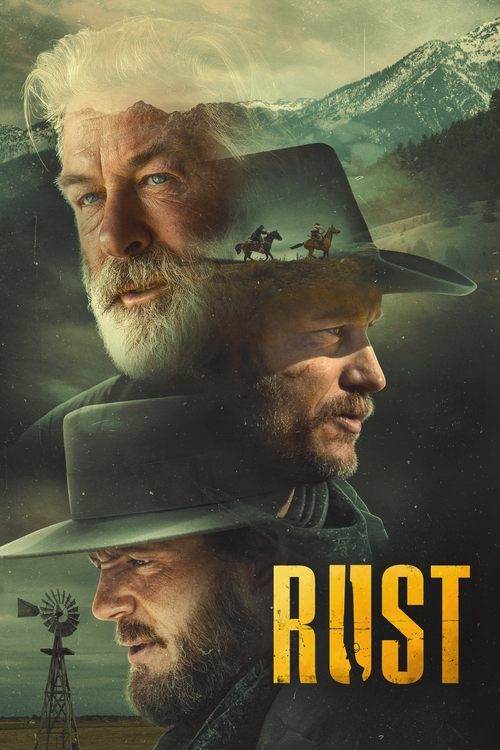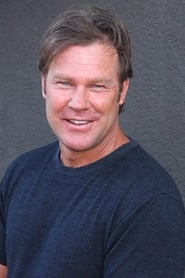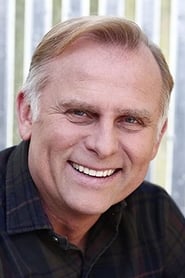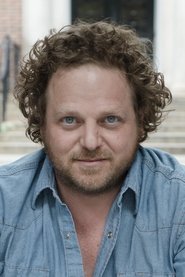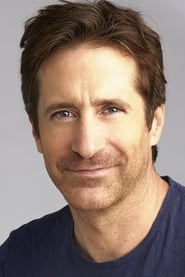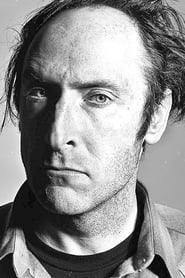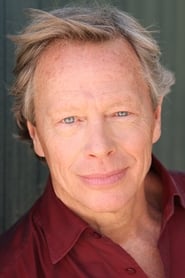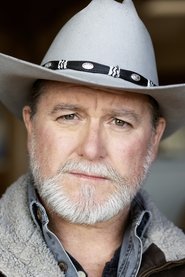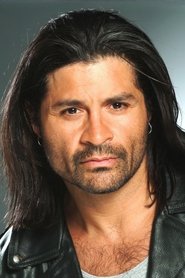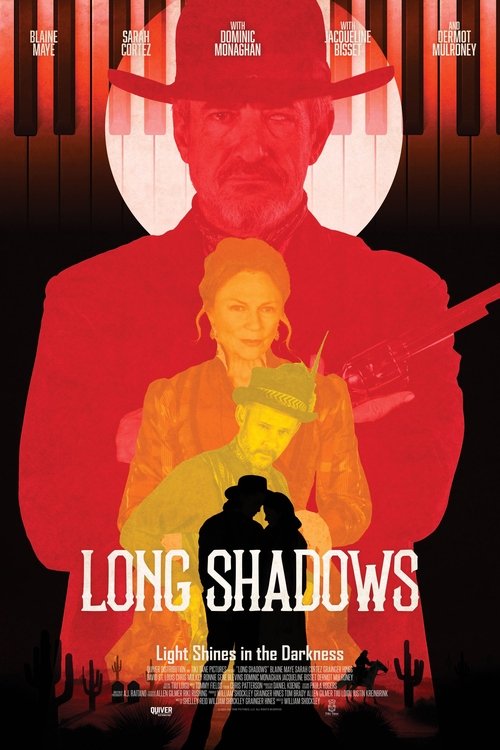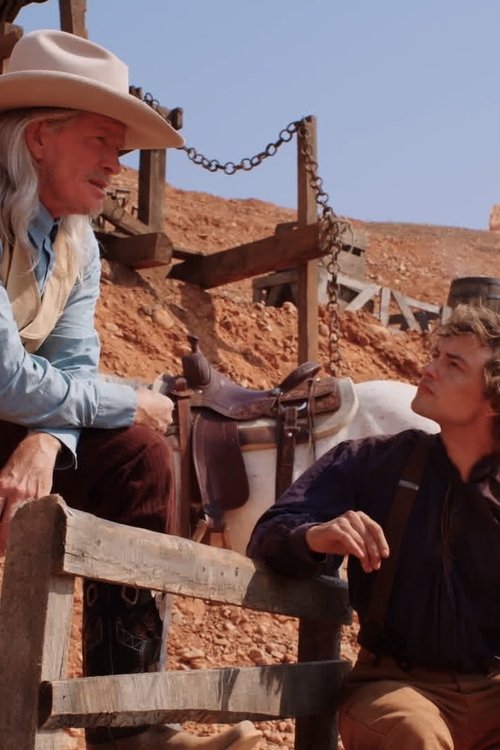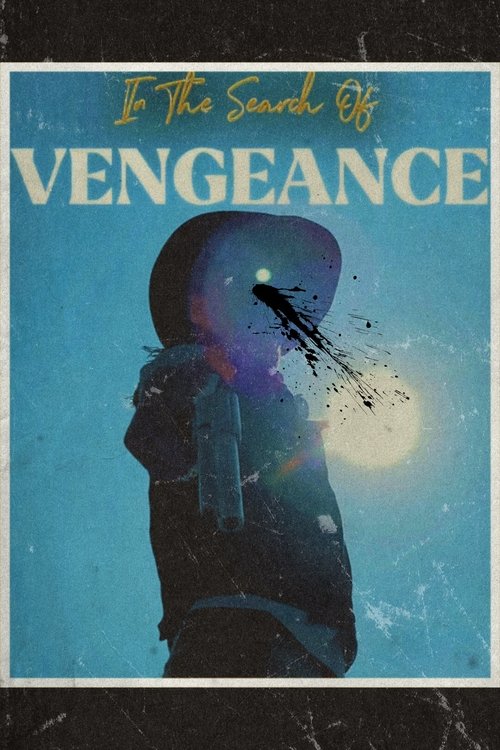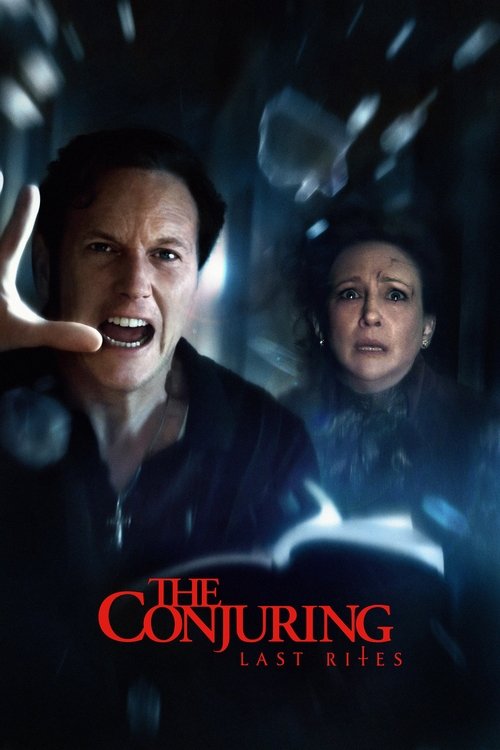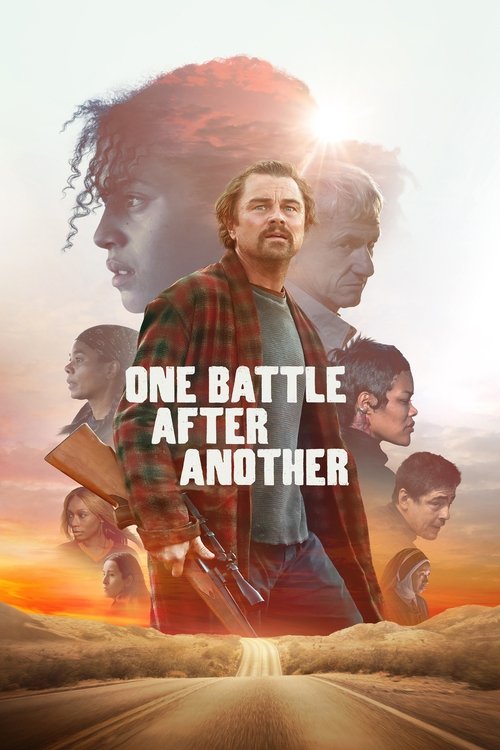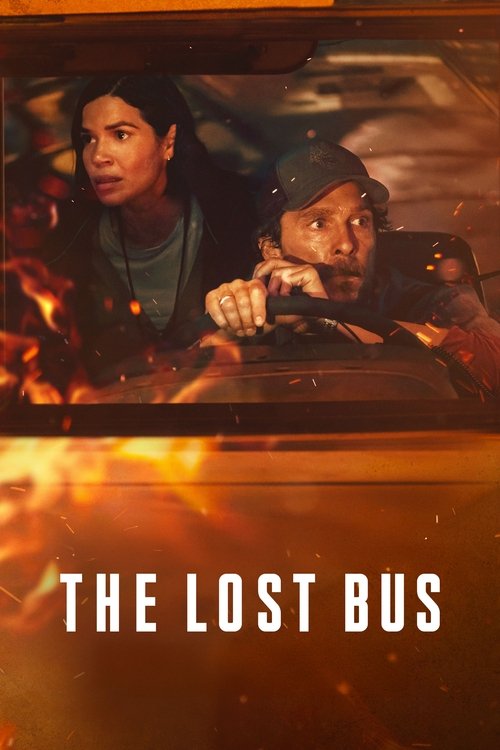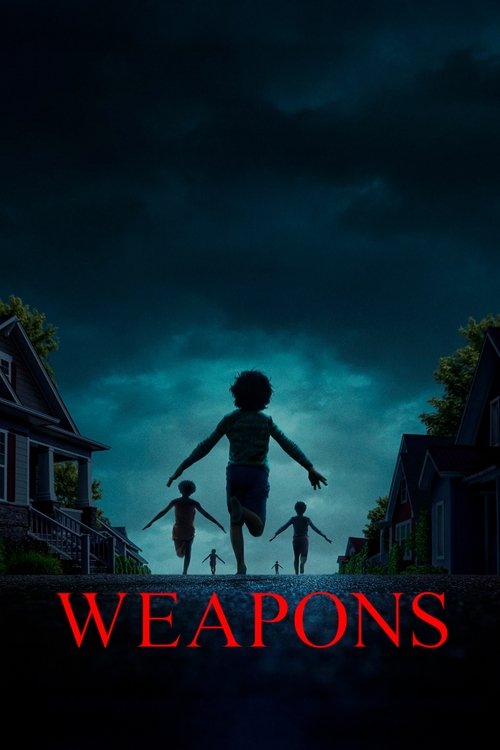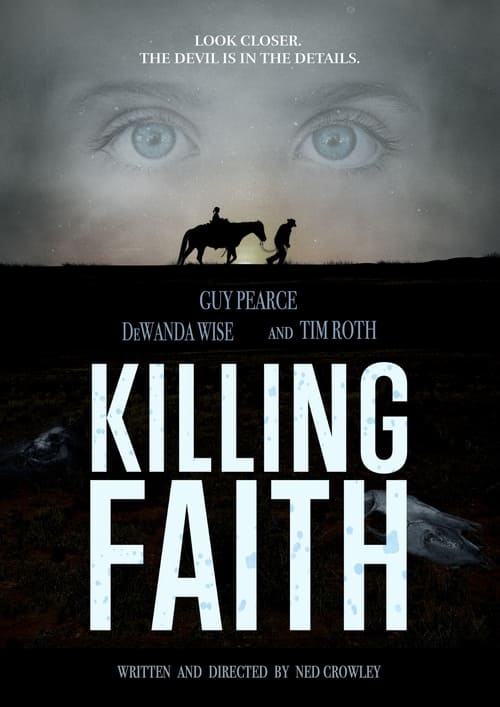
Ask Your Own Question
What is the plot?
In the winter of 1882 in the Wyoming Territory, 13-year-old Lucas Hollister rises before dawn on the small family homestead to tend animals and fetch water while heavy snow begins to fall. He moves quietly through the cabin to check on his younger brother Jacob and spends part of each day teaching him to read and write. The two boys visit the shallow graves of their parents behind the house; Lucas tells Jacob their mother died of illness and their father took his own life. Food stores run low. Lucas hides his own hunger and lies to Jacob about having eaten, scrubbing the boy clean before bed and carrying the weight of keeping them both alive.
One morning, Jacob spots a wolf at the fringe of the property. Lucas grabs an old rifle left by their father and chases after the animal across a snowy ridge. He shoulders the gun, aims, and pulls the trigger only to hear a click -- the weapon is empty. Frustrated, Lucas flings the gun aside and the wolf walks off. Soon afterward, the brothers travel to the nearby town of Hayesville to sell two hogs and buy supplies. At the general store, a man edges Lucas toward the idea of selling the family land; Lucas refuses. While Lucas momentarily leaves Jacob inside the shop, a group of local boys bully Jacob and steal candy. Lucas knocks one of them down, breaking the boy's lip and drawing blood.
The altercation draws the attention of Charles Gantry, the bully's father, who storms to the Hollister property the next day to collect what he sees as payment for his son's injury. Gantry asserts a claim that he will force Lucas into labor under a local agreement unless the boy submits. Lucas points a gun at him in a heated exchange; Gantry departs, promising to return to collect Lucas in the morning. That night, Lucas sits at his parents' graves and breaks down beneath the cold sky, aware that he may soon lose the only home left to him.
At dawn, Lucas lifts his rifle again when the wolf returns to the ridge. He fires toward the creature from the hilltop and the shot misses its target; instead, the bullet strikes Charles Gantry, who is nearby, and Gantry collapses, killed by the stray round. Townspeople treat the killing as deliberate, citing earlier fights and the threat Gantry posed to Lucas. Authorities arrest Lucas and, after a rapid trial fueled by local anger, a judge convicts the boy of murder and sentences him to death by hanging.
Word of the conviction reaches Harland Rust, a hardened outlaw who travels into Hayesville and breaks into the sheriff's office under cover of night. Harland finds Lucas in the cell and, when the boy calls out for the sheriff, Harland knocks him unconscious to prevent further noise. As Harland leaves the office he picks up a rifle from the room; Sheriff Tom Long and deputies Charlie Culliver and another deputy confront him and a violent struggle erupts. In the melee that follows Harland kills Sheriff Long, Deputy Culliver, and the other deputy; the bodies are later discovered and their deaths prompt a posse. Shopkeeper Bill recognizes Harland during the break-in and disarms his fear; Harland warns Bill aloud that anyone who comes after him will find themselves "shaking hands with the Devil himself." Harland loads Lucas onto a horse and rides hard into the snowy plains, intending to get the boy away from a lynch line.
In the nearby town of Ledford, Marshal Wood Helm awakens to the cough of his terminally ill son Benjamin and to the grief of his wife, who accuses him in raw terms of being unable to fix the boy's fate. Wood, a marshal hardened by service and haunted by previous violence, struggles with his faith and responsibilities. He rides with his partner Drum to confront a band of five drunken outlaws who have murdered a Native American family. In a short, brutal shootout, Wood, Drum, and another deputy fire into the outlaw camp; all five outlaws die, but the deputy who rides with them is killed in the exchange. Wood finds and frees a small child that the five had kidnapped. Word of Harland's jailbreak and the killing of the Hayesville lawmen reaches Ledford; Wood sets out to bring Harland and the escaped boy to justice.
Harland and Lucas cross open plains and frozen hills, and Harland reveals to Lucas in fits of blunt talk that he is the boy's grandfather -- the father of Lucas's mother. Lucas, stunned, does not immediately accept the claim; Harland points to the rifle Lucas carries -- a family heirloom -- and uses it to convince the boy. Lucas calls Harland a murderer for killing the sheriff; Harland answers that that makes them both men who have taken life. When Lucas rails against being dragged from his brother and home into a fugitive's world, Harland retorts that Lucas has had to shoulder responsibilities far beyond his years and that Harland's role is singular: to keep the boy alive at any cost. They shelter during the day to avoid hostile Kiowa war parties and Harland kills a rabbit to feed them.
Evelyn Bassett, an older woman who is Harland's sister and Lucas's great-aunt, travels to Hayesville to plead on Lucas's behalf. She finds the trial and sentence to be a formality and tells local officials that she will seek counsel to appeal the conviction. Inside the jail she meets Lucas and offers only a small comfort: she cannot take Jacob into her home because of her age and limitations. She reassures Lucas that she had to see him and that, in another era, his mother -- Evelyn's niece -- mattered greatly to her. Unbeknownst to Lucas, Evelyn coordinates Harland's rescue and the plan to get Lucas out of the country; she understands Harland will likely pay a steep price.
As Harland and Lucas flee south, they stop at an open trapping cabin. Two trappers welcome them, but Lucas finds a wanted poster inside the men's shack that bears Harland's face and Lucas's name. The trappers move to seize them, guns leveled; Harland reacts with lethal force. One trapper attempts to fire but Harland shoots him dead; the other tries to struggle and Harland stabs him through the chest, finishing both men. Lucas watches Harland kill and feels crushed by the violence; he insists he wants to go home. Harland tells the boy that the life he knows is gone and that survival demands harder choices.
Meanwhile, across the frontier, bounty hunters and hired men converge on the trail. Fenton "Preacher" Lang, a fanatic bounty hunter with a grim smile, picks up telegrams about Harland's bounty in Ellsworth, Kansas and proceeds south. Preacher boisterously collects outlaws and features a history of bringing men back for hanging. He spends a night in a saloon with a woman named Abigail; when he speaks of his past violent captures she recoils. Marshal Wood recruits two brothers, Boone and Clete Lafontaine, to bolster his posse, offering them money to ride with him and locate Harland and the boy. A wealthy landholder, Laurence Stilwell, presses Wood to be relentless in taking Harland, sending Dick Miller and extra men along as backup.
Harland and Lucas make other tactical choices to throw pursuers off their scent. Harland intentionally spooks Lucas's dying horse, forcing it to run until it collapses; he leaves the carcass and constructs a false trail so trackers will follow the wrong lead. Harland explains that he has a contact who can get them into Mexico where the laws from American towns and the bounty hunters' reach will end. Lucas resists the idea of leaving Jacob and his home for a foreign land, but Harland insists there is a difference between living and dying and urges the boy to focus on staying alive.
On a cliffside they observe a Kiowa raiding party. Harland decides to avoid conflict; rather than fight, he and Lucas give a small tribute and let the war party pass. They ride into Lawson County, Colorado, where Harland watches Lucas in a small camping town as the boy hears a condemned man deliver a last statement at public hanging. Lucas sees the man gasp and struggle on the gallows, realizing at close range what Harland warned him of: that a hanging can mean slow death and suffering. The sight terrifies Lucas and hardens his resolve to avoid capture.
Preacher accelerates his pursuit. Wood and his small law party also press on. On the open land, smaller skirmishes and confrontations occur: Wood's posse finds leads and questions townsfolk; Preacher follows other clues. The men Boone and Clete ride with Wood as extra trackers; Clete brags and contributes to the posse's savagery. Tensions among the pursuers mount as bounty hunters like Preacher and official lawmen like Wood approach the same goal by different means.
Pursuit tightens. A shootout breaks out between the posse led by Wood and the group of bounty hunters including Preacher, who arrives with a band of men. At a clearing where both parties converge, gunfire erupts in chaotic bursts. Preacher answers a shout by drawing on Clete Lafontaine and shoots him dead. In the exchange, Preacher wounds two other men from Wood's party -- one of whom is hit in the shoulder, the other struck in the leg-- before turning his attention toward Harland and the boy. Preacher corners Harland and fires a bullet into Harland's chest, striking a mortal wound through Harland's body. Marshal Wood rides in to stop Preacher from finishing off the outlaw, but Preacher shoots Wood as well, striking the marshal. Preacher then moves to harm Lucas; in that instant, Harland, bleeding and staggering, raises his revolver and fires into Preacher's back, shooting him. Harland follows with a closing shot to ensure Preacher is dead, ending the bounty hunter's menace but suffering grievous injury in the process.
Bloodied by his wound, Harland staggers and offers Wood a bargain. He tells the marshal that he will surrender himself on one condition: Lucas must be allowed to escape to safety. Wood, who has just had his life saved by Harland's shot at Preacher and is reeling from his own wound and the deaths around him, faces a moral decision. Harland insists no good can result from hanging a child for a mistake everyone knows was accidental and implores Wood to let Lucas go. Conscience and gratitude weigh on Wood; he acquiesces and agrees to Harland's demand. Wood returns to his superiors and lies to them, telling Laurence Stilwell and others that Lucas died during an escape attempt so that no further chase will target the boy.
Harland cannot walk. Deputies drag him back to Hayesville to stand before the gallows he knows too well. In town, Harland's breathing becomes shallow and his wound worsens; he dies from the injuries sustained in the shootout before the noose is tightened. Officials hang his lifeless body on the gallows alongside his earlier reputation. Men watch as the corpse swings. Wood, who has surrendered to the need for justice but also to gratitude, allows Lucas to flee the scene. Bill and Evelyn coordinate the final details: Evelyn had laid the groundwork for the escape all along, orchestrating Harland's break from the jail and arranging for the boy to be smuggled safely across the line into Mexico.
Lucas slips away with only the clothes on his back and the dog Harland bought at Lawson County. He rides south across high plains and arid scrub until he crosses the border into New Mexico Territory and reaches a settlement where Evelyn has arranged for him to be taken in. When the lad reaches the place Evelyn has prepared, Evelyn greets him and guides him to Jacob, who has been sheltered there in safety. In the new country, Lucas introduces himself not as Hollister but as Lucas Rust, taking Harland's name as his own. He walks to Jacob and embraces his brother; the two boys reunite, and Jacob calls him by the name he recognizes. Evelyn, having risked her reputation and orchestrated a plan that cost her brother his life, watches them together.
The final image closes on Lucas and Jacob reunited under Evelyn's uneasy guardianship, Lucas having fled his execution day and claiming a new identity as he accepts the consequences of Harland Rust's sacrifice. Harland's dead body hangs on a gallows in Hayesville as the townsfolk look on; authorities file reports of the shootout and the deaths of Sheriff Tom Long, Deputy Charlie Culliver, and the other deputy killed in the jailbreak, of the five outlaws killed by Wood and Drum during the earlier raid, of the trappers Harland killed at their cabin, of Clete Lafontaine felled by Preacher, and of Preacher himself lying dead from Harland's shots. The border settlement receives Lucas as one who has lost family and been given room to live. The story closes with the two brothers together, their names changed by events and their futures uncertain but spared from the immediate doom that once waited on the Hayesville gallows.
What is the ending?
The movie Rust (2024) ends with the young boy Lucas Hollister escaping to Mexico after his outlaw grandfather, Harland Rust, sacrifices himself by surrendering to the law and ultimately being hanged. Lucas introduces himself as Lucas Rust and reunites with his brother Jacob and their mother's aunt, who was behind Harland's plan to save Lucas.
Expanding on the ending scene by scene:
-
After a turbulent journey fleeing across the Wyoming and New Mexico territories, Lucas, 13 years old, and Harland Rust, his outlaw grandfather, are relentlessly pursued by the law--Marshal Wood Helm and his posse--as well as bounty hunters such as the unstable Fenton "Preacher" Lang, and Native American Kiowa warriors.
-
The chase culminates following various confrontations, including a near deadly shootout involving marshals, bounty hunters, and the Kiowa. During this chaos, Harland saves Marshal Wood's life by killing Preacher Lang, the mentally unstable bounty hunter.
-
Recognizing Harland's act of saving him and moved by conscience, Wood agrees to a bargain: Harland will turn himself in if Lucas is allowed to escape.
-
Harland, wounded from the shootout, succumbs to his injuries but is nonetheless hanged as punishment.
-
Meanwhile, Lucas crosses the border into Mexico and is taken in by his mother's aunt, who is revealed to have orchestrated Harland's efforts to save him.
-
In Mexico, Lucas adopts the Rust surname, symbolizing his link to Harland and a new identity, and ultimately reunites with his brother Jacob, securing a future beyond the violence and tragedy he has endured.
This ending highlights the sacrifices made by Harland to protect family, the complex moral decisions faced by characters like Marshal Wood, and Lucas's transition from a boy burdened by loss and violence to someone who carries his family legacy forward under a new identity.
Who dies?
Yes, in the movie Rust (2024/2025), several characters die with specific circumstances explained in the plot:
-
Harland Rust (played by Alec Baldwin), who is a grizzled outlaw and the grandfather of the 13-year-old protagonist Lucas Hollister, dies after a confrontation with a posse. Harland is injured saving a U.S. Marshal named Wood Helm by shooting the bounty hunter Preacher. Despite his injuries and the Marshal's promise to let Lucas go free, Harland is ultimately hanged by the authorities.
-
The film begins with Lucas Hollister accidentally killing the father of a bully while trying to scare off a wolf. This incident leads to Lucas being sentenced to death by hanging, which drives the plot of his escape with Harland Rust.
These are the primary character deaths central to the story, involving violence and the harsh justice of the Old West setting. The deaths are pivotal to the themes of family, survival, and sacrifice. Harland Rust's death, in particular, is portrayed as a bittersweet sacrifice to save his grandson's life.
Is there a post-credit scene?
The movie "Rust" (2025) does not have a traditional post-credits scene. Instead, after the film concludes, it cuts to black and displays a tribute title card: "... for Halyna." This is followed by a quote from the late cinematographer Halyna Hutchins, who tragically died during the film's production:
"What can we do to make this better?"
Following this, the credits proceed with an early placement of Halyna Hutchins' cinematography credit, recognizing her as "Halyna Hutchins, ASC," alongside the credit for Bianca Cline, who took over cinematography after the accident. This tribute serves as a somber and respectful homage rather than a narrative post-credits scene offering additional story content.
What is the relationship dynamic between Lucas and his grandfather Harland Rust in the movie Rust (2025)?
Lucas and his grandfather Harland Rust start with animosity and distrust, as Lucas is wary of the rough discipline and authority Harland imposes. However, as they journey together toward the US-Mexico border, they bond over shared experiences of family loss and hardship. Harland acts as a protector and mentor, ultimately sacrificing himself to save Lucas, who comes to accept and identify with his grandfather's legacy.
Who are the main antagonists pursuing Lucas and Harland in Rust (2025), and what motivates them?
The main antagonists include Marshal Wood Helm and his posse, bounty hunters such as the mentally unstable Fenton 'Preacher' Lang, and Kiowa Native Americans. Marshal Wood is conflicted but pursues them due to his duty, while bounty hunters are motivated by the $1000 reward for capturing Rust and Lucas. The Kiowa pursue them as well, creating multiple threats during their escape.
How does the character of Preacher in Rust (2025) contribute to the story's tension?
Preacher, played by Travis Fimmel, is a menacing bounty hunter who adds significant tension through his unstable and theatrical behavior. He quotes the Bible and performs public displays of spiritual torment, making him a chilling antagonist reminiscent of classic thriller villains. His presence escalates the danger for Lucas and Harland, culminating in a violent confrontation where Harland saves Marshal Wood's life by shooting Preacher.
What role does Lucas' great aunt, Mrs. Evelyn Bassett, play in the story of Rust (2025)?
Mrs. Evelyn Bassett, a civilized lady from Chicago, is revealed to be the mastermind behind her brother Harland Rust's efforts to save Lucas. She provides a safe haven for Lucas and his younger brother Jacob in Mexico, representing a figure of care and stability in contrast to the harshness of the Western frontier.
How is the theme of survival portrayed through Lucas' journey in Rust (2025)?
Survival in Rust is portrayed as a harsh and merciless struggle in the lawless Western frontier. Lucas, a 13-year-old orphan, must navigate threats from bounty hunters, lawmen, and hostile environments. His journey with Harland is a race against time to reach safety across the border. The film explores how survival often requires tough choices, reliance on unlikely allies, and the tension between brutality and care, as seen in Lucas' evolving relationship with his grandfather and great aunt.
Is this family friendly?
The movie Rust (2025) is not family friendly and may be unsuitable for children or sensitive viewers due to its intense and mature content.
Potentially objectionable or upsetting scenes include:
- Frequent bloody violence: Numerous shootings, stabbings, beatings, visible wounds, dead bodies, hangings, and physical fights involving children and adults.
- Sexual content: Several scenes of a sexual nature including prostitution, though no nudity is shown.
- Profanity: Contains multiple sexual expletives, scatological curses, occasional mild curses, and use of racial and ethnic slurs.
- Alcohol and drug use: Adult drinking, child given a cigarette causing illness, and depiction of intoxication.
- Disturbing animal scene: A rabbit trapped, screaming, and its neck being broken.
- Emotional intensity: The film deals with themes of death, familial loss, and violence which may be emotionally overwhelming, especially for highly sensitive children.
Given these factors, Rust presents strong imagery and themes that can be highly distressing to children and sensitive viewers. Parental discretion is strongly advised.

